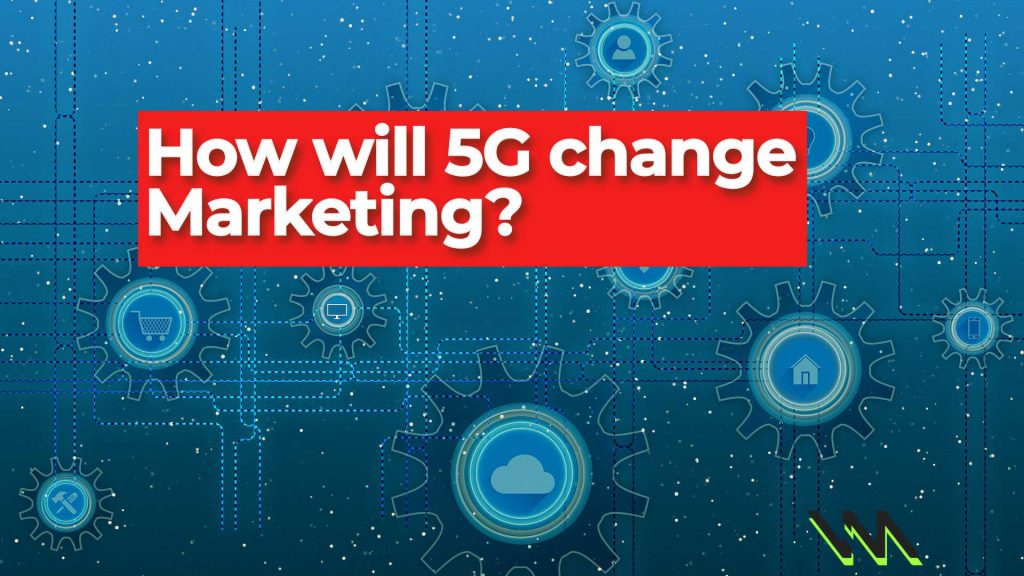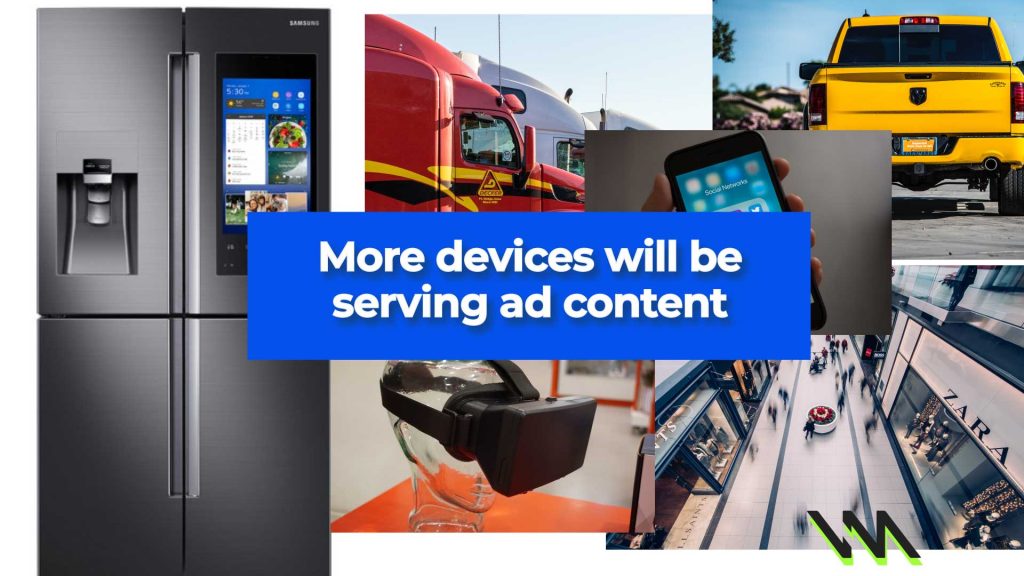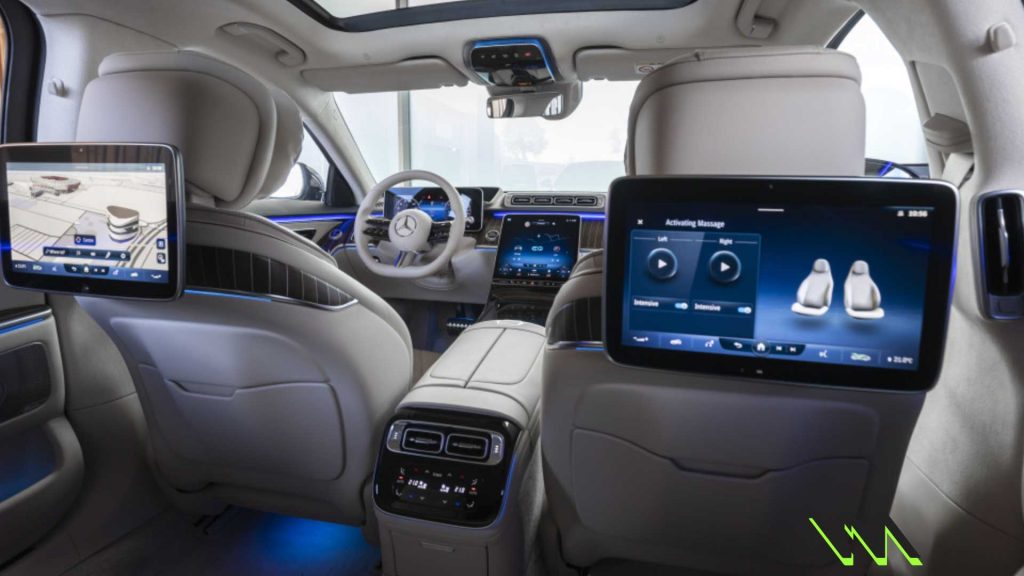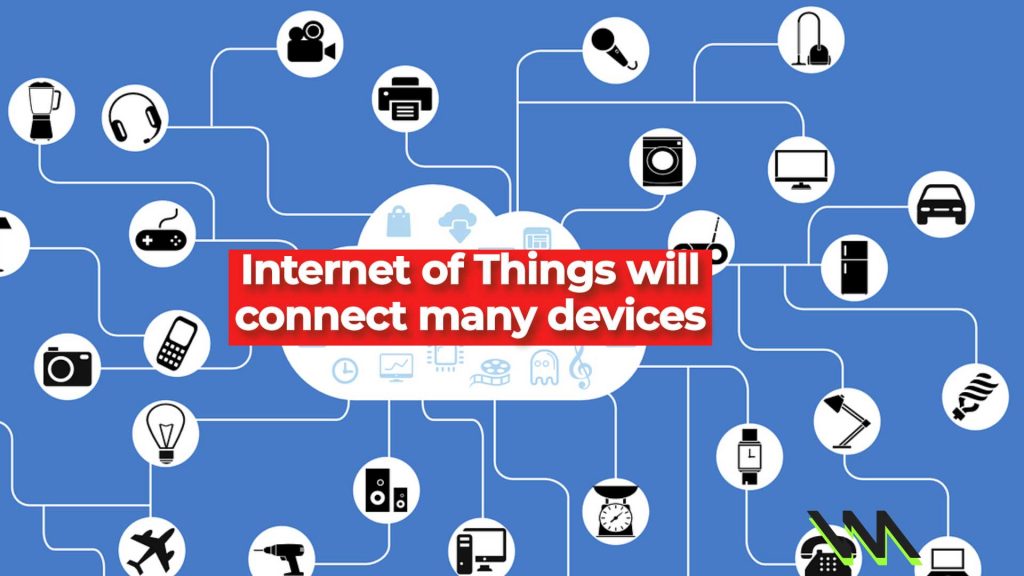
We’ve all heard so much buzz about 5g over the last year or so, but what is it and what does it mean more marketers?
What is it ?
5G is the next generation form of cellular data connectivity, in this case, the 5th generation! It promises much quicker speeds, the ability for more connectivity between multiple devices at once, and less latency. In practice for consumers, it means your data connection when not using wifi will be vastly improved, generally from the 25-35 mb range to well over 100mbs at minimum, with long-term speeds of over 1.2gb/s likely.
This means that when surfing the web on your phone, you will easily be able to watch 4k video, video call with friends, play more detailed games, send and take more video and high def photos.
Expect to see more devices also have data connectivity as well, such as smart home automation products and vehicles. Centrally controlling much of your home from your phone will become the norm over the next 10 years.
5g also enables the development of devices such as autonomous vehicles, self-driving cars, trucks, and even lawnmowers.
While it will take some time for 5g to really hit its stride, expect rapid changes in mobile data usage in the next 2-4 years.
What does 5G mean for advertising?
In short, it means that rich content such as videos and VR will become the standard media form for marketers. Even now, video ads on PPC and in email content will push CTR rates up by 50-150% but going forward, even the most basic ads will transition to video. With video ads becoming the standard, marketers that aren’t using video for their ads will experience subpar performance.
The sheer amount of content is exploding, just look at youtube shows and the many streaming services as an example. Consumers have never had access to the sheer amount of content they now have. Brands will have to spend more time and budget crafting content as video ads will become as commonplace as traditional static ads are now.
Virtual and Augmented Realty
360 video production, and augmented and virtual reality marketing will become more commonplace as more consumers will be able to use these types of media content.
The extent to which augmented and virtual reality will become commonplace has yet to be clearly understood, but what is certain is that brands are already pouring ad dollars into augmented and virtual reality content due to their level of interaction that brands are willing to pay for. 360 videos, virtual and augmented reality are the most immersive and engaging forms of media currently available to advertisers, and with the explosion of data connectivity, these will become even more commonplace.
Augmented and virtual reality advertising content could take many forms. The standard type could be 360 videos with branded content or ads, but other types could be much more immersive branded experiences based around augmented reality concepts that more seamlessly integrated into the day-to-day routine of consumers.

Marketing and the Internet of Things
With 5g comes to the promise that many more devices will be connected. Meaning that many more devices will be “smart”. The possibilities are nearly endless for marketers, but it’s possible that marketers could purchase ad space on the video displays on different connected devices like the screens on cars, appliances, or even VR goggles.
More devices than ever will be collecting data for a variety of purposes, which means that more and more brands will be wanting to sell data to advertisers just like google or social media companies do now.

One downside will be that data privacy will become even more important than it is today with so many more devices collecting and potentially selling data. Hopefully, government regulation will create clear guidelines on what is fair uses and what is not. For example, devices like a refrigerator or even a modern car could sell data on what types of food you buy and what types of stores you visit. Most will not welcome the thought of ads for a new phone popping up on your car’s GPS navigation screen. Time will tell how this delicate balance is maintained.
Quality of Content
Since the resolution and quality of content will no longer be limited to how fast a video can load, the bar will be set much higher than it is today for the quality of ads. Faster data coupled with much better LED displays on smart devices will push production companies and marketers to ramp up the quality of ads if they want to compete against other firms for views.
Marketing Data Analytics
For marketers, more connected devices mean more data on your audience. Expect the amount of available marketing data to drastically rise over time, with many companies typically associated with making hardware also starting to sell data.
Properly organizing and using this new data to make better marketing and product decisions will be a huge step for firms and a major competitive advantage. The sheer quantity of data that will be available could be overwhelming for smaller firms, but expect lots of software firms to release or expand upon data analysis suites to help address this.
The level of data-driven decision-making across all aspects of product development, marketing, and purchasing will be a major step and competitive advantage for firms that are able to effectively leverage the new information.

How to market with 5G?
While widespread IoT level 5g and ubiquitous VR content are still a few years away, you’ll start to reap the advantages of taking 5g into even now. This largely manifests itself in the use of much more video content than you might otherwise think you need.
A/B test video vs static ads in email marketing, social media ads, social media posts, Google Adwords. With near certainty, the use of video over static ads will represent significantly more retention, much better if not more than double the CTR, and an overall much higher ROI on your media spend and time.
By transitioning now to more video content throughout your marketing plan, you’ll be a great spot for when 5g really hits! We’ve worked with dozens of marketers to better integrate video into their marketing plan, whether for small businesses, healthcare firms, tech startups, trade show marketing video content, automotive marketing, etc. Without fail, every time video was introduced as an A/B tested content against static images, video content worked better across the board.
5g trade show marketing will be so much more immersive with virtual reality trade show production experiences becoming more commonplace.
In many ways, marketing is simply about getting your audience more engaged with your products and brand than your competitors, video is one of the easiest ways to do this whether now or in a 5g enabled world.
Have questions or want to talk about a project? CONTACT US via email or phone.


